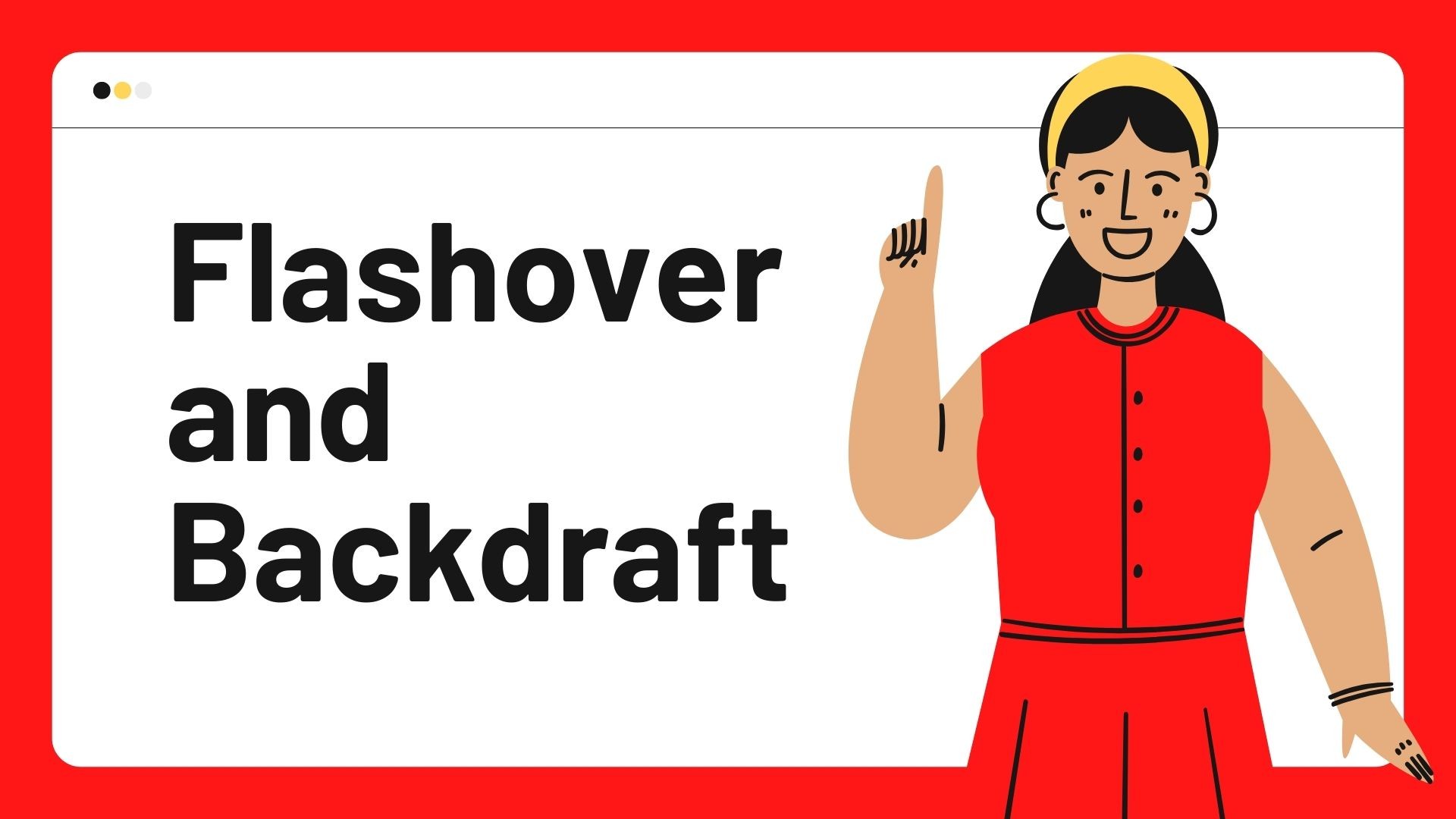Table of Contents
ToggleFlashover and Backdraft
A flashover is the ignition of flammable gases in an optical closed space. Flammable gas means ‘gas produced by a fire‘. Flammable gases consist of:
- Combustible products
- Dissection products
Backdraft:– Limited ventilation can lead to a fire in a compartment producing fire gases containing significant proportions of partial combustion products and un-burnt pyrolysis products. If these accumulate then the admission of air when an opening is made to the compartment can lead to a sudden ignition. This ignition moving through the compartment and out of the opening is a backdraft.
How flashover happens during fire ?
During a fire not only combustible products are released, also other gases and particles are released because of the breakdown of the material. The smoke in an area where there is a fire is a mixture of air and combustible gases. The non-combustible gases and particles in the smoke can, under certain circumstances, ignite and create a flashover.
The character of a flashover depends on several factors:
- The concentration of combustible gas in the air
- The mixture amount of energy of the combustible gas
- The air supply into the area
On the edges of the explosive level, the flashover will develop gradually. The better the mixture, the more explosive the flashover. The composition and energy value of the combustible gas depends on the type of materials available in the area.
What are the flashover indicators ?
- A rapid increase in compartment temperature and in heat from hot gases at ceiling level
- Tongues of flame are visible in the smoke layer .
- Other surfaces giving off fumes
How Backdraft can take place . Possible Scenarios ?
There are different backdraft scenarios, any one of which could be awaiting the fire fighter.
• If the fire is still burning in the compartment when the fire fighter opens the door, and especially if the combustion gases are not escaping, the air, which enters through the door, may mix with the flammable gases, forming an explosive mixture.
• If the gases in the compartment are hot enough, they will then ignite on their own (auto-ignite) at the doorway, and the flame will spread back into the compartment along with the fresh air supply. This would result in rapid fire growth, but not necessarily in a backdraft.
• If the compartment gases are not that hot, they will be ignited when sufficient oxygen has reached the gases surrounding the fire. Flames will then travel across the compartment towards the door, resulting in flame shooting out of the door driven by the expanding gases behind it.
